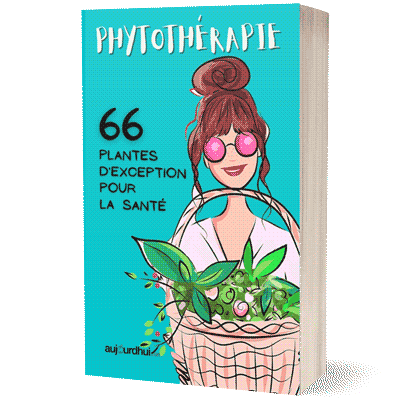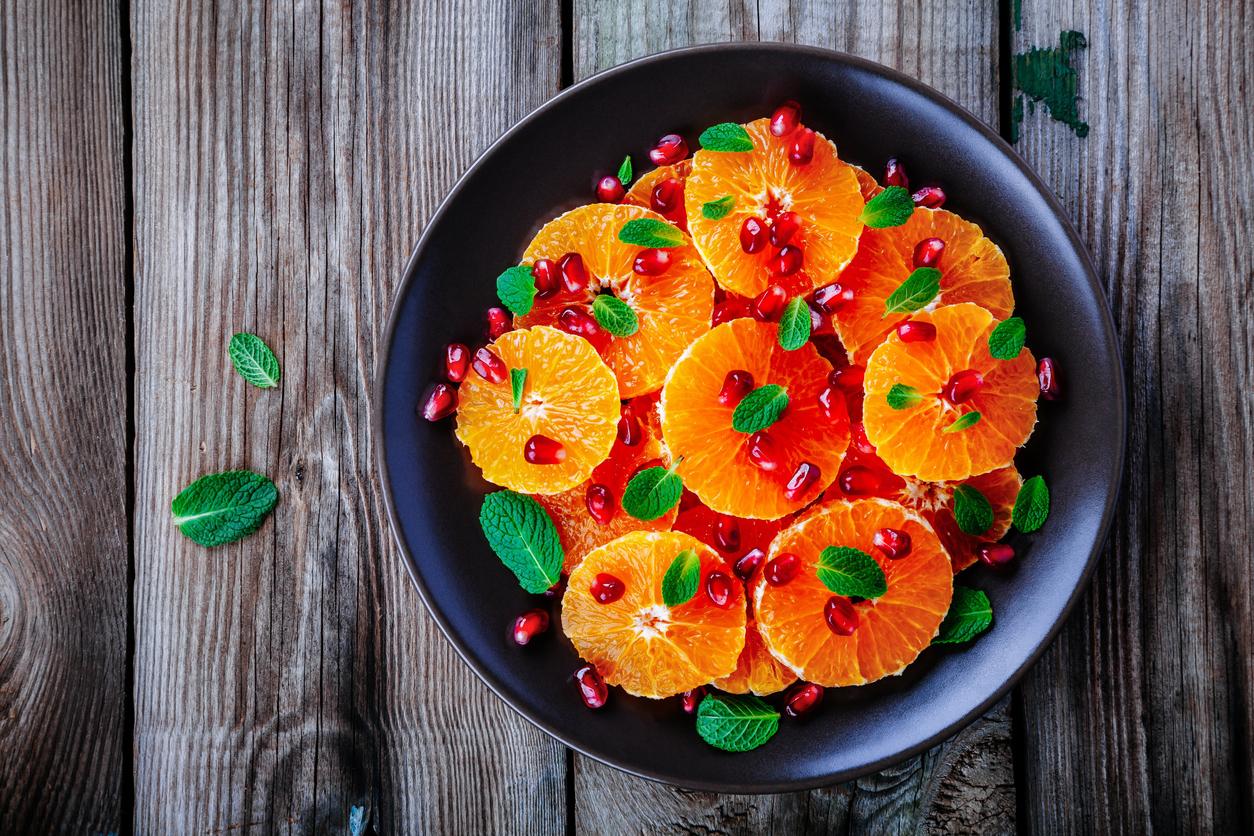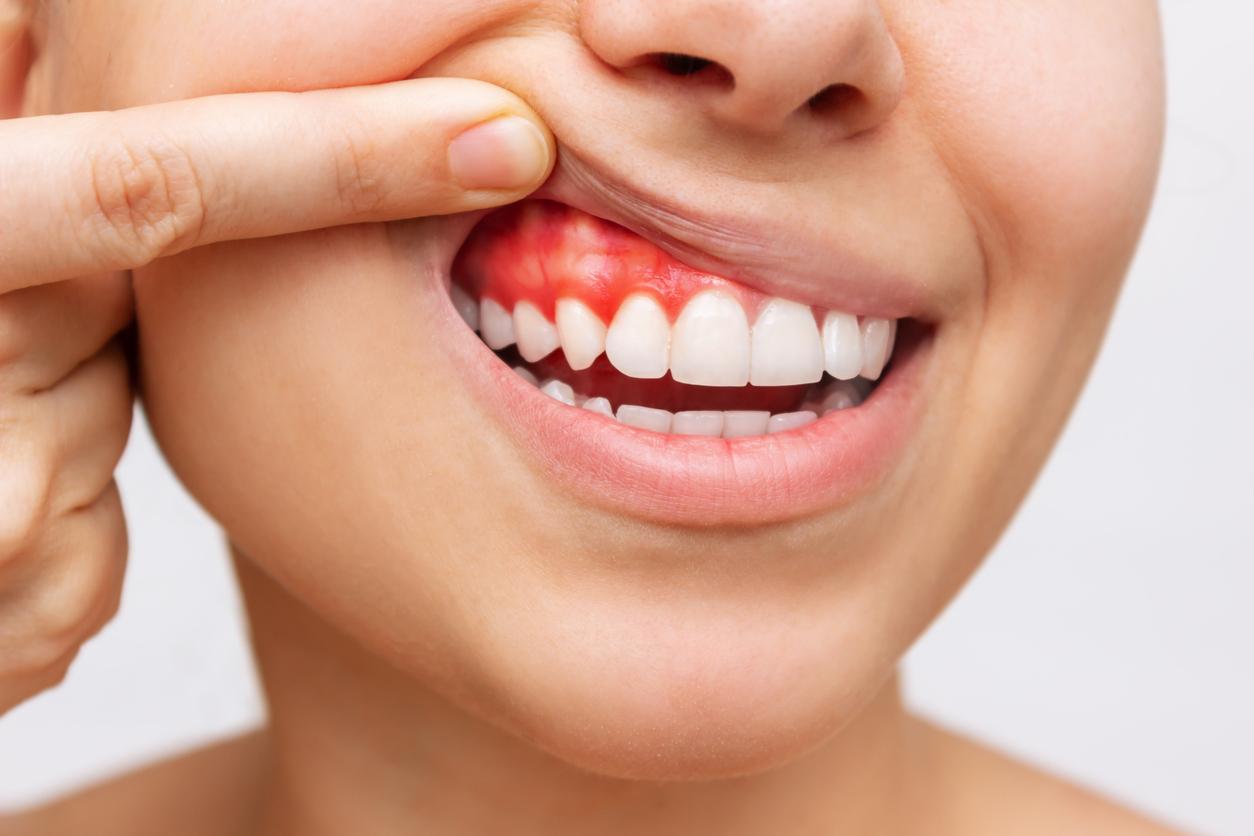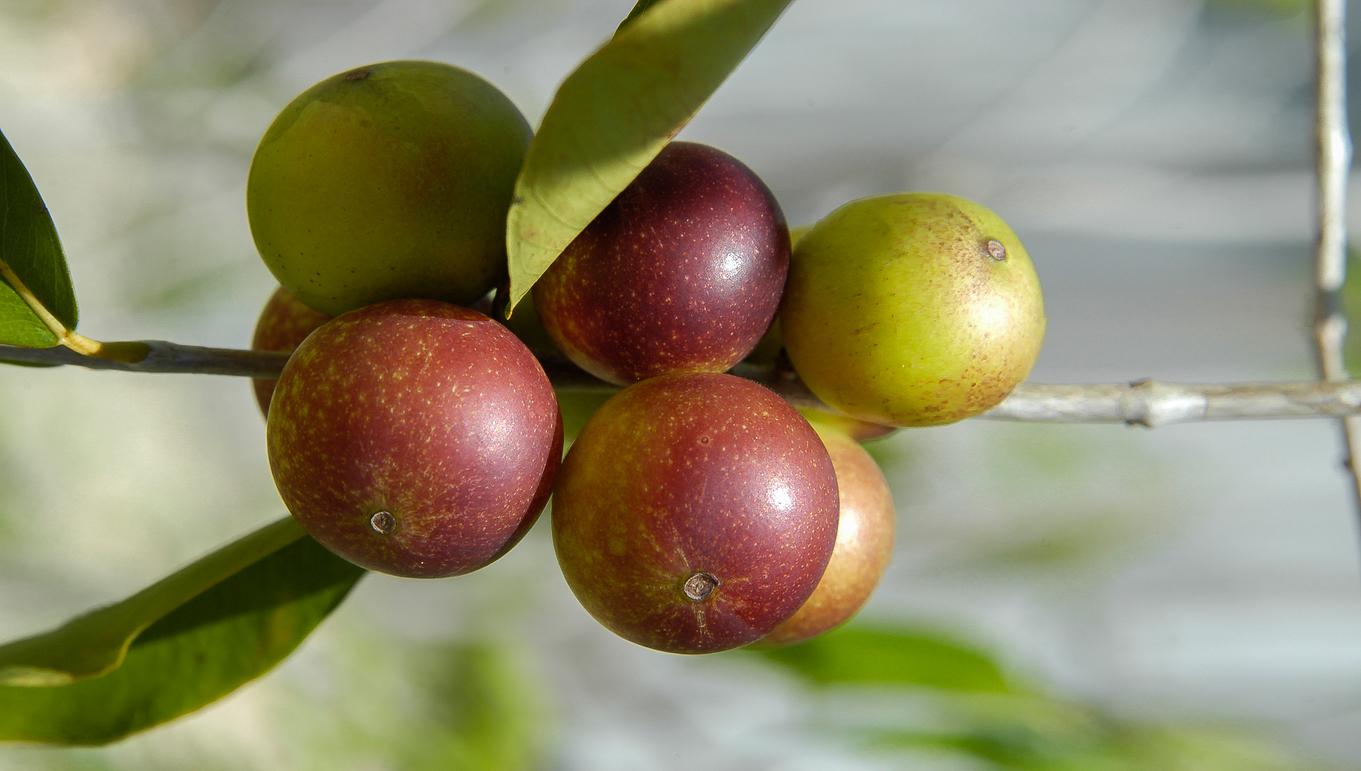
The more intense the color, the better
“An apple a day keeps the doctor away”, the English say. But that rule is outdated. You should eat at least five fruits, each with a different color, per day for super good health.
The more intense the color, the healthier the fruit. And each color has specific properties. In the United States, therefore, the information campaign is ‘5 a day – the color way’. Americans are advised to eat as many different colored fruits and vegetables as possible. We Europeans usually eat only two or three colors of fruits and vegetables a day, often choosing from green, orange, yellow and red. We eat too little purple. While all colors are necessary to stay optimally healthy.
Healthy with yellow
An even yellow skin and soft yellow flesh are the characteristics of the honeydew melon, also known as honeydew melon. This fruit is an excellent source of potassium, containing almost twice as much potassium as average fruit. And potassium lowers blood pressure, according to scientific research.
Bananas not only contain a lot of potassium, but also a lot of vitamin B6. In fact, bananas are the richest source of all fruits and vegetables. Vitamin B6 and potassium play an important role in our sense of touch. This fifth sense is formed by nerve endings that end in the skin. They absorb external stimuli, such as the warmth of the sun or a gentle touch. Potassium and vitamin B6 are needed to pass these stimuli on to the brain via the nerves.
Hooray for red
When everyone thinks of lycopene, they think of tomatoes, but watermelon contains over a quarter more of this red dye. Men in particular can benefit from this, because lycopene helps prevent prostate cancer. Watermelon is also ideal for warm weather, because one large portion contains as much moisture as a glass of soft drink, but is much better for thirst and the line because it contains less sugar.
They taste like summer and are bursting with vitamin C: those little red fruits are unexpected powerhouses. Strawberries contain even more vitamin C than an equally large serving of orange. And not only that. Of all the fruits, strawberries are richest in folic acid, a substance needed to prevent anemia. A 100 gram serving contains more than 60 percent of the recommended daily amount of vitamin C and more than 30 percent of folic acid. And that while strawberries contain on average half as many calories as any other fruit.
Raspberries are incredibly healthy, researchers from the Dutch Wageningen University have established. It contains a substance that is also mainly found in medicinal herbs: the antioxidant ellagitannin. This substance is said to have a cancer-inhibiting effect, although this has only been demonstrated in the laboratory.
The good of green
To prevent the clogging of the blood vessels and to keep the blood thin, doctors regularly recommend aspirin. But researchers at the University of Oslo discovered a much tastier and natural alternative with the same effect: two to three kiwis a day. It is not yet clear to the researchers which substance in kiwi is responsible for thinning blood.
A bright green apple, such as Granny Smith, contains a lot of quercitin, a powerful antioxidant. Antioxidants protect our cells from free radical damage. It is suspected that antioxidants help prevent many diseases, such as cardiovascular disease. One apple has the same antioxidant effect as 1500 mg of vitamin C, or 25 oranges. Quercitin also seems to be good for our blood vessels. The more you get of this antioxidant, the lower the cholesterol level and the lower the risk of cardiovascular disease, according to Finnish and Japanese research.
Orange top
Nectarines in particular are high in lutein and zeaxanthin. These substances form a kind of internal sunglasses in the eyes and protect the retina against the harmful influence of sunlight. They help prevent premature aging of the retina. There is even evidence that they protect against macular degeneration. It is not (yet) known how many nectarines you should eat to be fully protected against macular degeneration.
Apricots contain the most beta-carotene of all fruits: more than 25 times more than the average fruit. Our body converts this into vitamin A and from it makes a substance that is very important for seeing light and dark. Beta-carotene thus helps prevent night blindness. And when summer is over and there are no more apricots to be found? Then eat dried apricots, because beta-carotene withstands drying with flying colors. Dried apricots also contain a lot of iron, which is good for the transport of oxygen in the blood.
Peaches don’t provide any substance in a large amount, but they do contain a healthy mix of beta-carotene, lutein, zeaxanthin, fiber and potassium. The velvety peach is also a slender fruit; per 100 grams, peach contains on average a third fewer calories than other fruit.
Sources):
- Plus Magazine
















